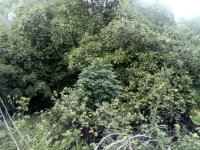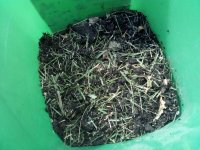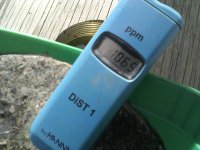I have ahimsa neem meal, and crab meal too, they have been amended in for a couple years now.
When i first began using them i noticed some effect over the course of a couple months.
Once they get bad the only way i have been 100% successful in getting rid of them it to tear up the mulch and bust out the shop vac and Bti.
We are just talking about gnats here, and i dont feel like a few gnats here and there are a problem. I usually just treat with Gnatcontrol (liquid Bti).
I mix it up in a sprayer - let sit for at least 12 hrs - and then thoroughly mist/saturate the mulch layer. This should be more effective (im guessing) than watering in.
When i first began using them i noticed some effect over the course of a couple months.
Once they get bad the only way i have been 100% successful in getting rid of them it to tear up the mulch and bust out the shop vac and Bti.
We are just talking about gnats here, and i dont feel like a few gnats here and there are a problem. I usually just treat with Gnatcontrol (liquid Bti).
I mix it up in a sprayer - let sit for at least 12 hrs - and then thoroughly mist/saturate the mulch layer. This should be more effective (im guessing) than watering in.












